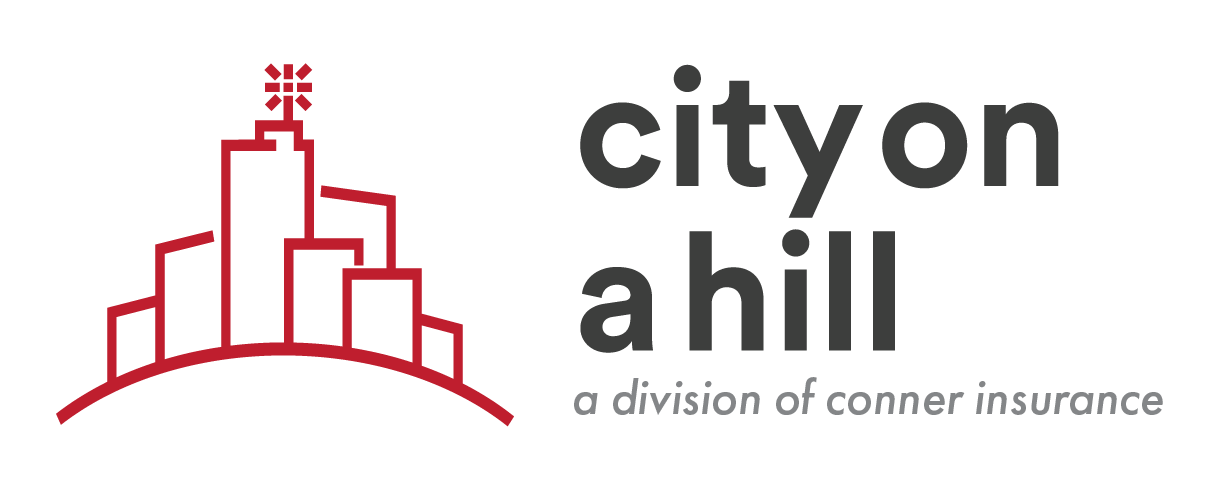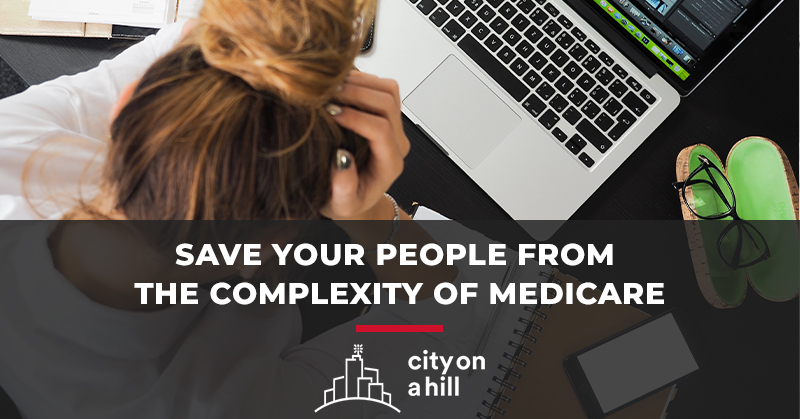When schools first closed their doors to in-person learning in the Fall of 2020, no one could have predicted just how the pandemic would impact the educational system. From Spring 2020 through Fall 2022, schools, teachers, students, and caregivers had to navigate masking, social distancing, and testing protocols, as well as the constant rotation of closing and reopening of schools.
By the 2020-2021 school year, many private schools began seeing dramatic growth. A recent Christian Headlines article shares that since the beginning of the pandemic, nearly 80% of private Christian schools have seen increased enrollment. With the uncertainty of the pandemic and the reality of the public school curriculum, many parents and caregivers decided to enroll their children into private and Christian schools.
Now, as we continue into the new school year, both private and Christian schools are still seeing significant increases in enrollment.
With an influx of new students ready to begin the year, additional staff must be hired to support them, driving these schools towards a new category of employers – an applicable large employer (ALE). This title, given by the Affordable Care Act, comes with employer-shared responsibilities that could be challenging for nonprofit Christian schools as well as smaller private schools to follow.
The provision includes nonprofit organizations.
The “Pay or Play provision,” requires certain employers to offer affordable, minimum value coverage to full-time employees. An employer is subject to the rules if they employ at least 50 full-time employees in a calendar year, including full-time equivalent employees. As seen below:
- A full-time employee is one who works 30 or more hours each week. In a calendar month, per the Affordable Care Act, 130 hours is considered the equivalent of 30 hours a week.
- Hours worked by part-time employees, or employees who work less than 30 hours per week, are counted and divided by 120 per month. This number will determine how many full-time equivalent employees a company has.
- If the total of full-time employees and full-time equivalent employees are over 50, a company can be considered an applicable large employer.
Many schools will now need to determine if they qualify as an applicable large employer. Many details within the provision can make this a difficult task. For example, calculating hours worked for each employee includes non-working hours such as vacation and leave of absence.
Employers who do not offer their employees a health plan and are considered a large employer are subject to paying costly penalties. Schools need to work with their advisors to ensure they are in compliance with the Affordable Care Act as the penalties have recently increased.
Tuition vs Enrollment vs Budget
Small private and nonprofit schools that have grown in size may find themselves in a difficult position. Often, these schools don’t have the ability to support a health plan due to limited budgets. Those who charge tuition could consider raising the cost to help support affordable coverage, however raising fees could affect enrollment, creating a challenging cycle.
At City on a Hill, we work directly with private and nonprofit schools. We have unique solutions that can help. We can help schools deliver affordable health plans, designed for their unique workforce, even with zero budget. Options are available. After analyzing plan data we can develop a three to five year strategic plan.
A plan can be designed to complement your budget, from zero dollars to full coverage, allowing schools that have grown over 50 employees to avoid or minimize harsh penalties. If you have questions about Pay or Play penalties or need help to determine whether you are an applicable large employer, let’s chat.












